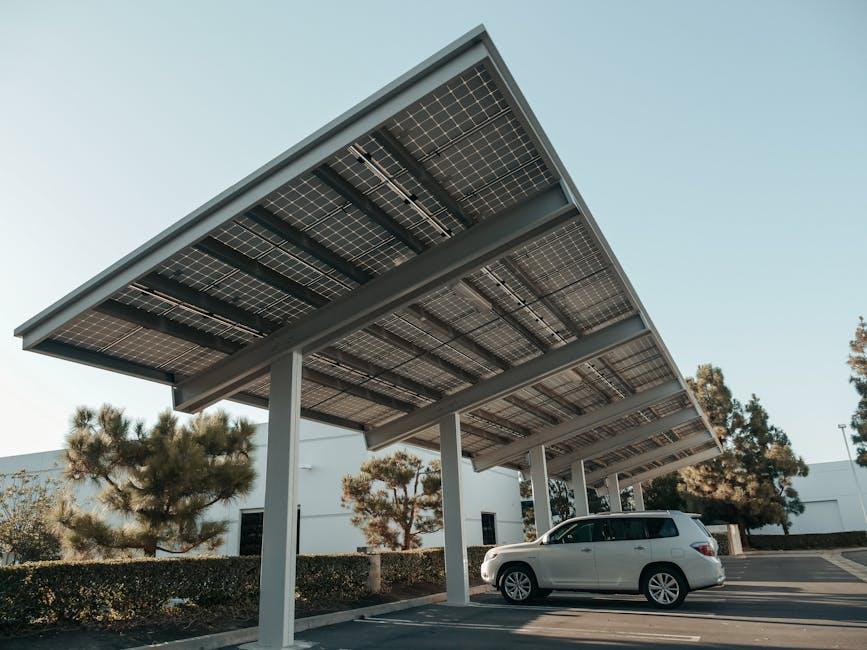In the intricate dance of modern driving, the car battery plays the unsung hero—quietly powering everything from the first spark that stirs the engine to the array of electronics lighting up the dashboard. But like all heroes, it has a lifespan, a ticking clock that determines when it will bow out and demand replacement. Understanding how long car batteries last isn’t just a matter of curiosity; it’s essential knowledge for anyone who wants to avoid the frustration of an unexpected stall or a dead battery on a cold morning. In this article, we’ll explore the factors that influence a battery’s longevity, the signs of aging power cells, and how to extend their life, ensuring your vehicle’s pulse beats strong for miles to come.
Table of Contents
- Typical Lifespan of Car Batteries Explained
- Factors That Influence Battery Longevity
- Signs Your Car Battery Is Nearing the End
- Maintenance Tips to Extend Battery Life
- How Weather Conditions Impact Battery Performance
- When and How to Choose a Replacement Battery
- Q&A
- In Summary
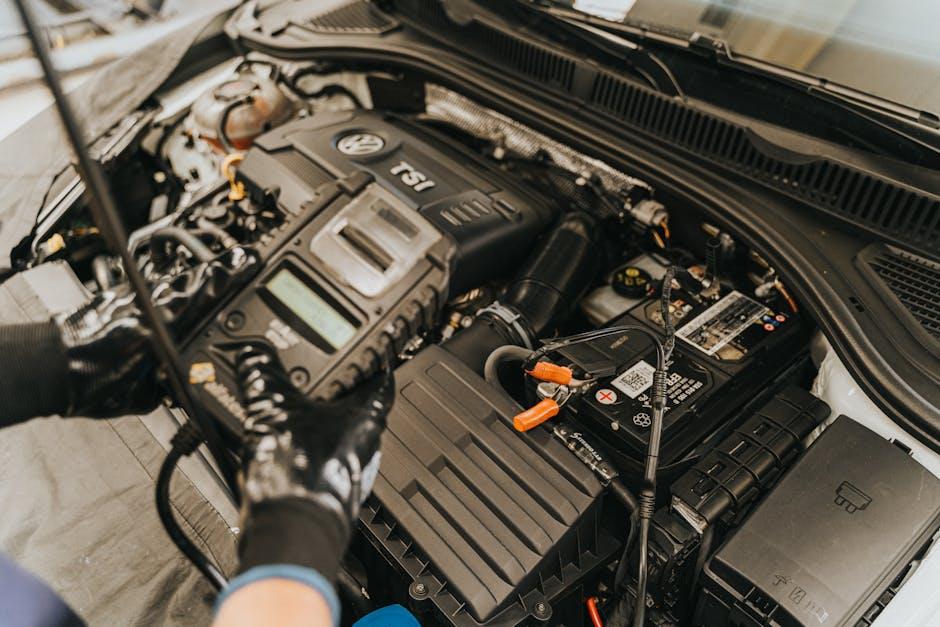
Typical Lifespan of Car Batteries Explained
The duration a car battery remains functional depends on several variables, including climate, driving habits, and battery maintenance. On average, most car batteries last between 3 to 5 years. However, extreme temperatures can significantly shorten this lifespan; hot climates accelerate chemical reactions inside the battery, leading to faster degradation, while cold weather can reduce a battery’s effectiveness, especially in starting the engine.
Several factors influence battery longevity:
- Driving Frequency: Infrequent trips prevent the battery from fully charging.
- Electrical Load: Using many electronic devices can strain the battery.
- Maintenance Habits: Regular checks and clean connections improve battery health.
| Condition | Expected Battery Life |
|---|---|
| Optimal Climate | 4-5 years |
| Extreme Heat | 2-3 years |
| Extreme Cold | 3-4 years |
| Poor Maintenance | 1-2 years |
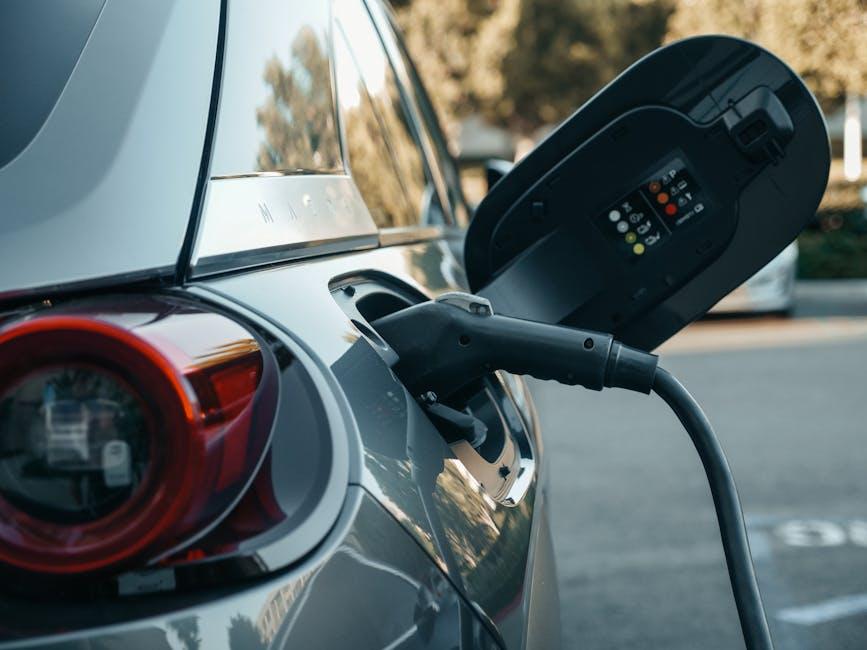
Factors That Influence Battery Longevity
Several crucial elements come into play when determining how long a car battery will last. Driving habits significantly impact battery health; frequent short trips don’t allow the alternator enough time to fully recharge the battery, gradually diminishing its capacity. On the other hand, longer drives help maintain optimal charge levels. Additionally, climate conditions play a pivotal role. Extreme temperatures, both hot and cold, can accelerate battery wear. In hotter climates, the battery’s fluid may evaporate faster, while cold weather slows the chemical reactions inside the battery, reducing its efficiency and cranking power.
Maintenance routines and vehicle type further influence battery longevity. Regularly cleaning battery terminals and ensuring secure connections can prevent power losses. Vehicles with modern features like start-stop systems or high electrical demands may drain batteries quicker, requiring more frequent replacement. Below is a quick overview highlighting how these factors influence typical battery lifespan:
| Factor | Impact on Battery Life |
|---|---|
| Driving Habits | Short trips reduce recharge time, lowering lifespan |
| Climate | Extreme temperatures accelerate wear |
| Maintenance | Proper care prolongs use |
| Vehicle Electrical Load | High demand drains battery faster |
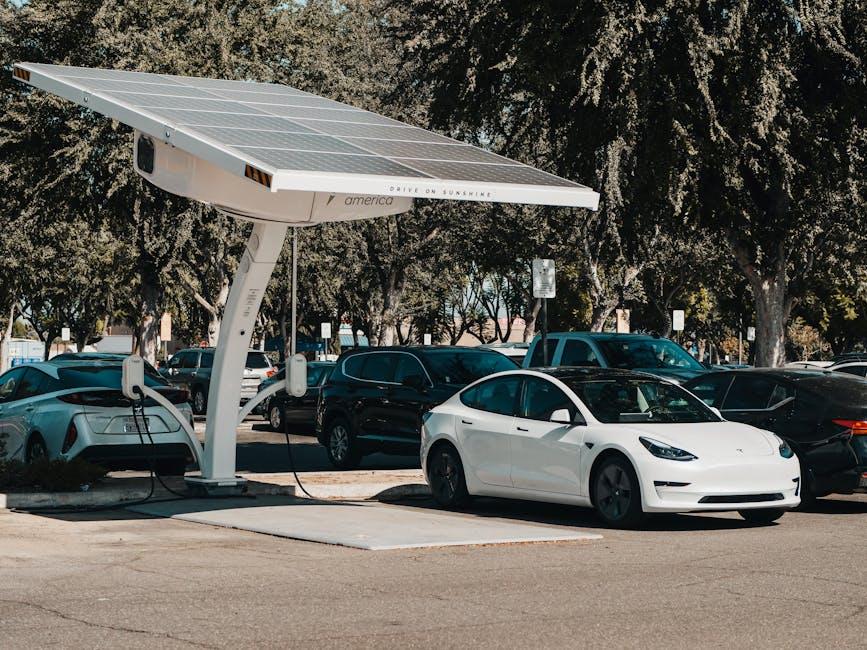
Signs Your Car Battery Is Nearing the End
Noticing your engine’s slow start or odd electrical behaviors can be an early indication that the battery is losing its charge. You might hear a sluggish cranking sound when you turn the key or press the start button, signaling insufficient juice to ignite the engine efficiently. Other subtle hints include dim headlights or flickering interior lights when idling, as the battery struggles to maintain consistent power output. These small annoyances tend to worsen with colder weather, putting extra stress on your battery’s ability to perform.
Visual clues under the hood can also reveal the battery’s decline. Look for corrosion around the terminals, which appears as a white, powdery substance, or noticeable swelling of the battery case—both signs of internal wear or potential leaks. Additionally, if your battery is over three years old, it’s smart to start keeping tabs on its health. Here’s a quick reference chart to help you gauge the condition based on the battery age:
| Battery Age | Typical Symptoms | Recommended Action |
|---|---|---|
| 0-2 years | Strong performance, no issues | Regular maintenance |
| 3-4 years | Occasional slow starts, dim lights | Inspect and test battery health |
| 5+ years | Frequent troubles, corrosion | Consider replacement |

Maintenance Tips to Extend Battery Life
Regular care is key to maximizing your battery’s lifespan. Start by cleaning the terminals every few months to prevent corrosion, which can disrupt the flow of electricity and drain your battery prematurely. Keeping the battery securely fastened within the engine compartment also helps avoid vibrations that could cause internal damage. Don’t forget to check the fluid levels if you’re using a non-sealed battery — topping off distilled water when needed keeps cells properly hydrated and functioning optimally.
Beyond physical upkeep, adopting smart habits can save you from early replacement costs. Here are some habits to cultivate:
- Limit short trips: Frequent, brief drives prevent the battery from fully charging.
- Switch off all electronics: Ensure lights, radios, and accessories are off when the engine isn’t running.
- Avoid deep discharges: Don’t leave your car unused for extended periods without a trickle charger.
- Get routine checkups: A quick battery test during service can detect weaknesses before failure.
| Maintenance Action | Frequency | Benefit |
|---|---|---|
| Terminal Cleaning | Every 3-6 months | Prevents corrosion buildup |
| Fluid Level Check | Monthly (for non-sealed batteries) | Keeps cells hydrated |
| Battery Charge Test | Annually | Ensures optimal performance |
| Secure Mounting | Each service visit | Reduces vibrations |

How Weather Conditions Impact Battery Performance
Extreme weather conditions can significantly affect the lifespan and efficiency of your car battery. In cold temperatures, the chemical reactions inside the battery slow down, reducing its capacity to hold and deliver charge. This often leads to difficulties starting your engine, especially after your vehicle has been parked for extended periods. Conversely, hot weather speeds up these chemical reactions but also causes the battery fluid to evaporate, increasing the risk of internal damage and reducing its overall life.
Keeping your battery in optimal condition requires awareness of how these environmental factors influence performance. Consider these key points:
- Cold weather: Reduced starting power, slower recharge rates.
- Hot weather: Faster fluid evaporation, increased corrosion risk.
- Humidity: Potential for increased battery terminal corrosion.
| Weather Condition | Battery Impact | Recommended Action |
|---|---|---|
| Cold | Lower charge capacity | Keep battery fully charged; use engine block heater |
| Hot | Accelerated fluid evaporation | Regular fluid checks; park in shade |
| Humid | Corrosion on terminals | Clean terminals; apply anti-corrosion spray |
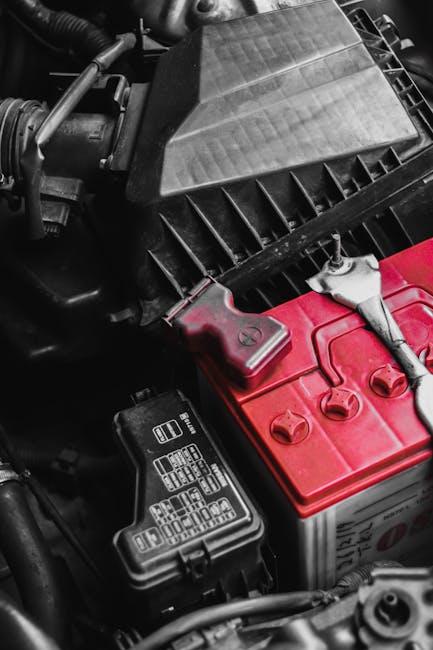
When and How to Choose a Replacement Battery
Deciding to replace your car battery is a crucial step to ensure your vehicle’s reliability and avoid unexpected breakdowns. One of the key indicators is the battery’s age; most batteries last between 3 to 5 years under normal driving conditions. However, frequent short trips, extreme temperatures, or leaving lights on can significantly reduce its lifespan. Keep an eye out for signs such as a slow engine crank, dimming headlights, or the check engine light flickering. If you notice any of these symptoms combined with a battery that’s over three years old, it’s time to start considering a replacement.
When choosing a new battery, focus on specifications like the cold cranking amps (CCA), reserve capacity, and size that match your vehicle’s requirements. It’s also wise to select a battery with a good warranty and reliability ratings. Here’s a quick guide to help you select the right replacement:
- Cold Cranking Amps (CCA): Essential for colder climates to ensure the battery can start the engine.
- Reserve Capacity (RC): Indicates how long the battery can provide power if the alternator fails.
- Size and Terminal Placement: The battery must fit your car’s tray and match the terminal configuration.
- Brand and Warranty: Opt for reputable brands offering at least a 3-year warranty for peace of mind.
| Factor | Importance | Quick Tip |
|---|---|---|
| CCA | High for cold weather | Choose a battery with higher CCA for winter |
| Reserve Capacity | Moderate | Look for longer reserve for reliability |
| Size | Critical | Check your vehicle manual |
| Warranty | High | Longer warranty = better value |
Q&A
Q&A: How Long Do Car Batteries Last?
Q1: What is the typical lifespan of a car battery?
A1: On average, a car battery lasts between 3 to 5 years. However, this range can swing depending on usage, climate, and maintenance habits.
Q2: What factors influence how long a car battery will last?
A2: Several elements come into play, including driving frequency, weather conditions (extreme heat or cold can shorten lifespan), the quality of the battery itself, and how often the battery is maintained or charged.
Q3: Can poor driving habits reduce a battery’s life?
A3: Absolutely. Frequent short trips prevent the battery from fully recharging, leading to gradual depletion. Conversely, long drives help maintain a healthy charge.
Q4: How does climate affect battery longevity?
A4: Heat accelerates battery fluid evaporation and internal corrosion, while cold temperatures reduce battery capacity. As a result, batteries in hot climates often fail earlier than those in mild ones.
Q5: What signs indicate a battery is nearing the end of its life?
A5: Slow engine crank, dim headlights, and the check engine or battery warning light may all suggest your battery is losing its charge and could fail soon.
Q6: How can I extend my car battery’s lifespan?
A6: Regular maintenance—checking terminals for corrosion, ensuring a secure connection, reducing short trips—and parking in shaded or sheltered areas can help your battery last longer.
Q7: Is it better to replace a battery preemptively or wait for it to fail?
A7: Proactive replacement is wise, especially if your battery is nearing 4 to 5 years old. Preventing unexpected failure can save you from inconvenient and potentially costly roadside emergencies.
Q8: Do battery warranties provide insight into expected longevity?
A8: Yes, warranty periods often reflect the manufacturer’s confidence in a battery’s life expectancy. Most range from 2 to 5 years, giving a rough guide of when replacement might be necessary.
Q9: How do modern technologies affect car battery life?
A9: Newer vehicles with advanced electronics and start-stop systems may put extra strain on batteries, sometimes requiring specialized or more robust battery types that maintain performance under higher demand.
Q10: When buying a replacement battery, what should I look for?
A10: Look for a reputable brand, a battery with a warranty period that suits your needs, the correct size and type for your vehicle, and energy ratings that align with your driving habits and climate conditions.
In Summary
In the grand scheme of your vehicle’s journey, the humble battery plays a silent yet vital role, quietly powering every start and every mile. While its lifespan can dance with variables like climate, driving habits, and maintenance, understanding the typical range helps you stay ahead of any unexpected stalls. By keeping an eye on your battery’s health and giving it the care it needs, you ensure that the spark of your car’s engine never fades when you need it most. After all, in the world of automotive reliability, a well-timed battery replacement is not just maintenance — it’s peace of mind on wheels.

